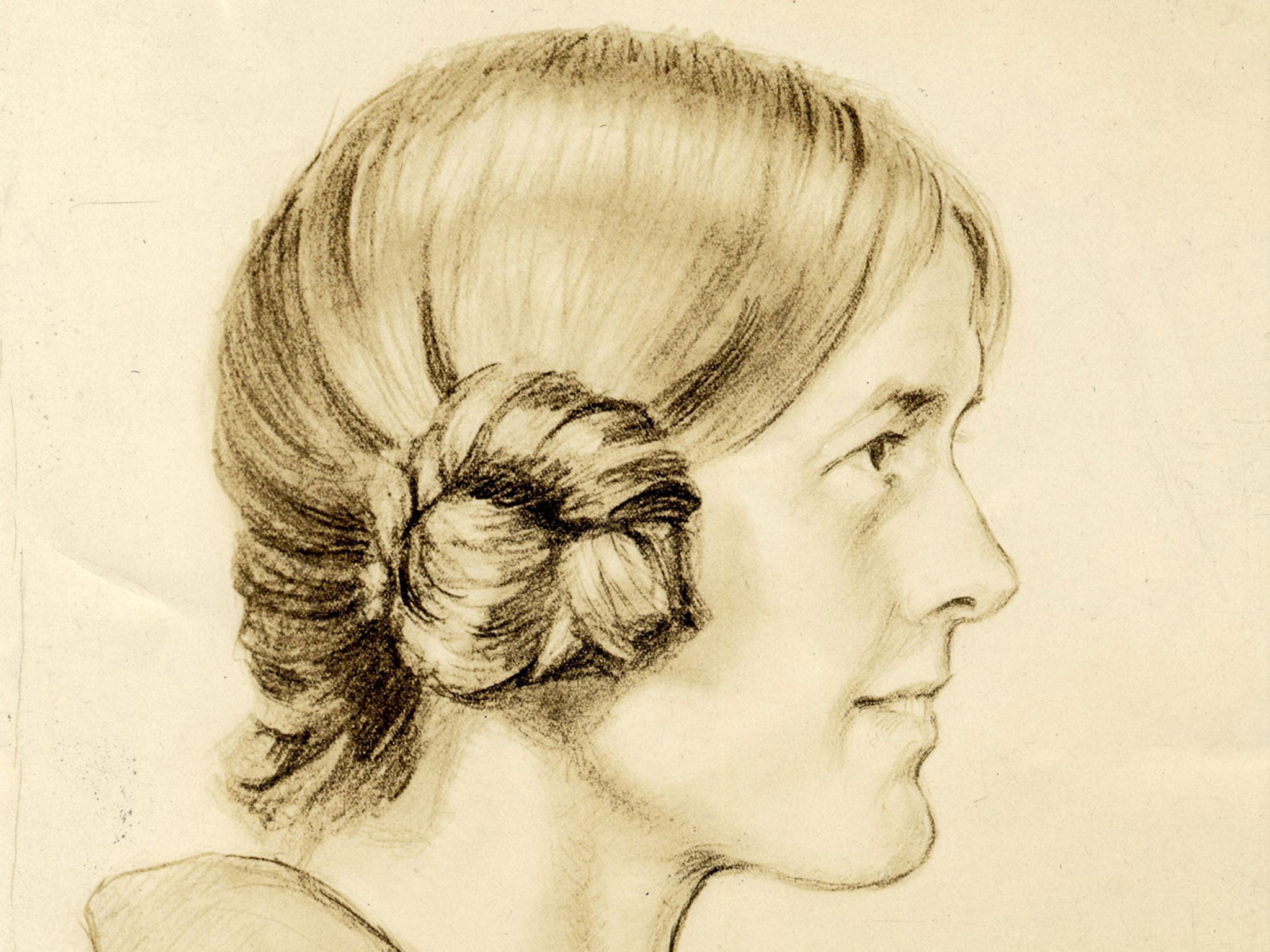The Match Girl and the Heiress by Seth Koven, book review: A unique relationship
How two women from very different backgrounds tried to change the world

The heiress Muriel Lester and the match girl Nellie Dowell could not have come from more different backgrounds. Muriel was the daughter of a shipbuilder and enjoyed a cossetted Victorian childhood. She was sent to one of the top girls' public schools and her social life revolved around lawn tennis and garden parties.
In contrast, after her mariner father's death, Nellie's family was broken up and she was sent to a Poor Law school. Separated from her doting mother, Nellie was stripped of all individuality; her hair was shorn and she was dressed in blue serge. At the age of 12 she began working in an East End match factory.
Both girls grew up into remarkable women with a mission to change their world. Seth Koven's book traces their extraordinary partnership and the impact it had on East End London. Although privileged, Muriel's parents were progressive, encouraging her to think about those less fortunate. Like many wealthy young people of her generation, Muriel developed an acute social conscience which made her want to help the outcasts of society. When she was 19, she visited factory girls in Bow. She wrote: "Compared with them, I was a pampered, sheltered, ignorant idler. Why should they go on working, producing pleasure and ease for such as I?" Muriel had found her vocation.
Drawing on her Christian faith in a loving God of justice, she wanted to create a more egalitarian society. She moved into a terraced house in the East End and began her work. Rather than becoming a Lady Bountiful, she believed in equal rights not charity for the poor. She made many "beloved friends" but most important to her was Nellie.
They developed an intense friendship which was deepened by the health problems both women experienced. In 1909 Nellie suffered a recurring bout of rheumatic fever. She was hospitalised, dosed up with morphine, and became disoriented and difficult. She was then moved to the pauper lunatic ward. It was a humiliating experience for a woman who prided herself on her independence. When she was released, Nellie was too physically fragile to work in a factory again. She began helping Muriel and together they established Kingsley Hall in 1915. It was a "People's House" based on pacifist, feminist and socialist principles and welcomed everyone irrespective of race, gender or wealth. It held a Montessori nursery, women's clubs, lunches for factory women and a men's school. Muriel had the vision and charisma to lead the project and Nellie had the common sense and street knowledge to make it work.
Kingsley Hall was the bricks and mortar incarnation of Nellie and Muriel's love. Although Muriel encouraged her to, Nellie could never see herself as her wealthy friend's equal. Writing to her as "Dear Miss Lester", Nellie told her: "You have been my best friend on this earth and I always feel I belong to you."
Koven explores in detail the nature of their friendship, but doubts it was sexual. Although it seems Nellie longed for a more exclusive intimacy with Muriel – relishing brushing her hair and occasionally sharing a bedroom – her friend found it easier to love ever-widening communities of people rather than one individual. What is certain is that their "loving mateship" was transformative both for them and their community. After Nellie died in 1923, aged 47, Muriel continued their work, expanding it on a global scale and becoming a friend of Gandhi, who used Kingsley Hall as his London home in 1931.
Koven's book sets Nellie and Muriel's relationship in the context of the religion and politics of their era. It is an academic work and contains much analysis and meticulous research. But the most memorable parts are about the unique relationship between these two women. It also serves as a timely reminder of how cruel life was for the poor when there was no welfare state to act as a safety net.
Subscribe to Independent Premium to bookmark this article
Want to bookmark your favourite articles and stories to read or reference later? Start your Independent Premium subscription today.

Join our commenting forum
Join thought-provoking conversations, follow other Independent readers and see their replies